Premium Only Content
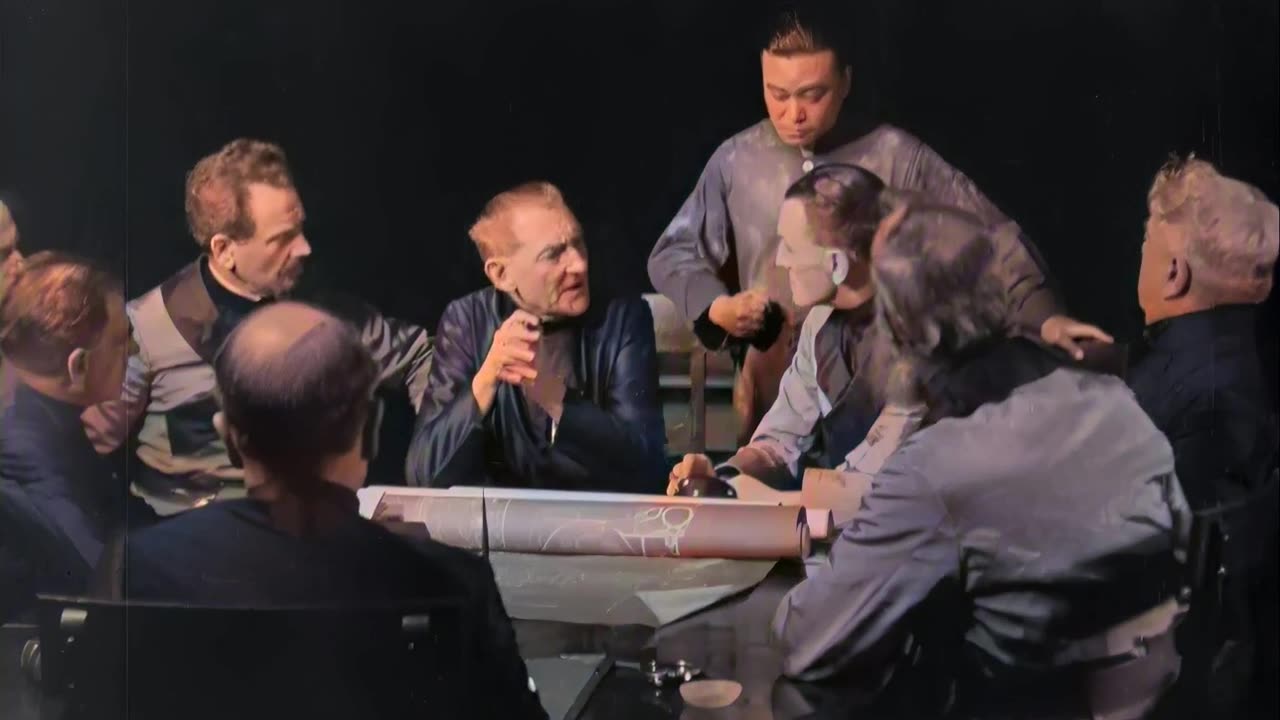
High Treason (1929 - Public Domain - colorized)
I colorized this film to make it more colourful :-)
This film was David Lean's first directing job. He was appointed assistant director and allocated the on-location (outdoor) scenes because the film's director, Maurice Elvey, had other pressing director commitments with films in the studio at that time (the UK government had passed the 'Cinematograph Films Act 1927'. This meant UK cinemas had to screen a certain percentage of British-made films - hence there was high demand for British films and studios produces a lot of 'quota-quickies' to meet the statutory demand). In addition, David Lean almost certainly edited the external film footage, and viewing the rather flat editing of scenes shot on the sound stage against the dynamic editing of the external footage, appears to this bear out.
Just in passing : I wonder if George Orwell saw this film and it generated or influenced some of his ideas in his book, '1984'.
High Treason is a 1929 film based on a play by Noel Pemberton Billing. It was directed by Maurice Elvey, and stars James Carew, Humberstone Wright, Benita Hume, Henry Vibart, Hayford Hobbs, Irene Rooke, and Jameson Thomas. Raymond Massey makes his first screen appearance in a small role. The film was initially produced as a silent but mid-way during production, Elvey was pushed by the studio to add sound to the film in order to cash in on the talkies. Although a third of the film was filmed in sound, Elvey maintained much of the silent footage and dubbed over the dialogue for shots that were originally silent, with Elvey himself voicing some of the minor characters, which he admitted when interviewed by the Mantioba Free Press shortly after the film was released in the US. Likewise, BIP's Blackmail, directed by Alfred Hitchcock was also turned into a sound picture mid-way during production (concurrently when High Treason was also in production) and many of the silent scenes used dubbed dialogue and sound effects in a similar fashion to High Treason.
The sound version of the film was presented in a London trade show on 9 August 1929, then went into UK general release in silent and sound versions on 9 September 1929. The sound version was released in the US by Tiffany Productions in a heavily cut version (running just over 60 minutes) on 13 March 1930. The silent version and a trailer for the sound version are preserved and held by the British Film Institute; the only known surviving original copy of the sound version is a lavender fine grain of the American release version held in the collection of Alaska Moving Image Preservation Association (AMIPA), which has been recently restored by the Library of Congress.
The film is a science fiction drama set in a futuristic 1940 (though this was originally set in 1950 for the silent version). The plot and aesthetics of the film are heavily influenced by Fritz Lang's Metropolis.
Plot: In 1940/50, world peace is threatened when the "United States of Europe" comes into conflict with the "Empire of the Atlantic States". The former comprises Europe, India, the Middle East, Canada, Africa, and Australasia. The latter is a combination of the United States and South America.
In the film the prohibition era in America extends to 1940 and the tension is initially caused by bootleggers crossing the borders between territories. One such incident leads to a shoot-out between border guards in which both sides suffer casualties. War looks likely, but the pacifist Peace League intervenes. Meanwhile, we learn that the tension is in fact carefully orchestrated by a sinister terrorist group financed by arms manufacturers. They blow up a rail tunnel under the English Channel. The President of Europe orders a mass enlistment and mobilisation, fearing that the Atlantic States are preparing a sneak attack.
Dr. Seymour, leader of the Peace League, desperately attempts to avert war. His daughter Evelyn seeks to convince her boyfriend Michael, commander of the European air force, not to fight, but he insists he must do his duty. Evelyn says she will leave him.
The European council are divided, but the president decides on war, saying that he will announce the outbreak of hostilities on television.
The terrorists try to kill Dr. Seymour by bombing the Peace League, but Seymour survives. He tells Evelyn to make another effort to stop Michael ordering the airforce to attack, while he appeals directly to the President. Pacifists led by Evelyn demonstrate en masse at the airfield. Michael is uncertain what to do, but Evelyn convinces him to delay the attack. Seymour confronts the President, but is forced, despite his pacifism, to shoot him to stop him making the broadcast.
-
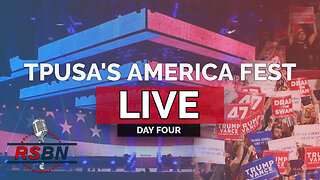 LIVE
LIVE
Right Side Broadcasting Network
10 days agoLIVE REPLAY: President Donald J. Trump Keynotes TPUSA’s AmFest 2024 Conference - 12/22/24
4,563 watching -
 4:31
4:31
CoachTY
1 day ago $1.09 earnedCOINBASE AND DESCI !!!!
164K11 -
 10:02
10:02
MichaelBisping
1 day agoBISPING: "Was FURY ROBBED?!" | Oleksandr Usyk vs Tyson Fury 2 INSTANT REACTION
90.2K13 -
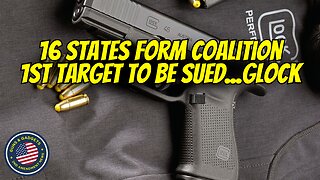 8:08
8:08
Guns & Gadgets 2nd Amendment News
2 days ago16 States Join Forces To Sue Firearm Manufacturers Out of Business - 1st Target = GLOCK
114K88 -
 10:17
10:17
Dermatologist Dr. Dustin Portela
2 days ago $1.21 earnedOlay Cleansing Melts: Dermatologist's Honest Review
151K14 -
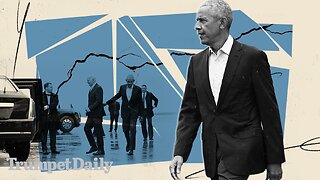 1:02:20
1:02:20
Trumpet Daily
2 days ago $12.42 earnedObama’s Fake World Comes Crashing Down - Trumpet Daily | Dec. 20, 2024
107K68 -
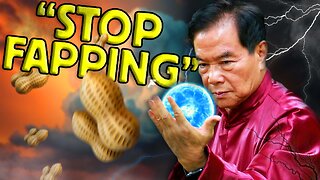 6:29
6:29
BIG NEM
1 day agoCultivating God Mode: Ancient Taoist NoFap Practices
78.9K20 -
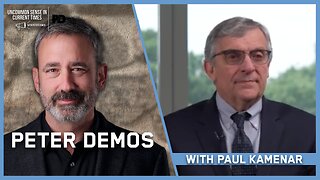 30:53
30:53
Uncommon Sense In Current Times
2 days ago $0.86 earned"Pardon or Peril? How Biden’s Clemency Actions Could Backfire"
90.8K10 -
 40:01
40:01
CarlCrusher
1 day agoSkinwalker Encounters in the Haunted Canyons of Magic Mesa - ep 4
83K10 -
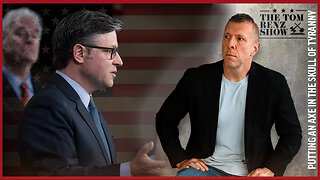 59:44
59:44
PMG
2 days ago $2.06 earned"BETRAYAL - Johnson's New Spending Bill EXPANDS COVID Plandemic Powers"
82.2K51